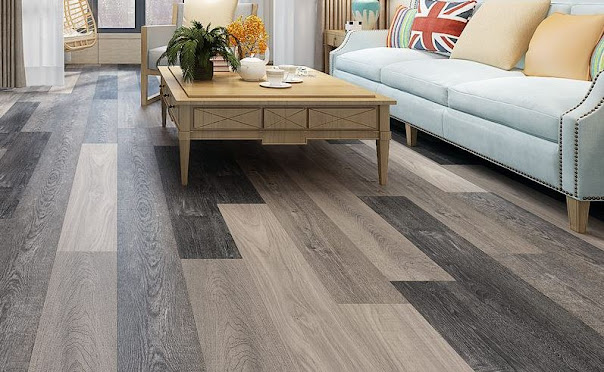What Are The Different Types Of Gym Flooring That Can Be Removed When Not In Use Or Stored For Guests; Customizable Pattern Or Color?
The gym floor is an important component of any fitness facility, as it provides the foundation for safe and effective exercise. It should also be attractive enough to draw in potential members. There are several different options Available for flooring, based on a gym owner's needs and budget.
Easy To Install, Waterproof, Available In A Variety Of Colors And Patterns
Carpets: They are inexpensive and come in a wide range of colors and styles, but they can be difficult to maintain and don't have the durability of rubber or vinyl tiles. They're also prone to damage and deterioration with frequent use, and they often don't provide the proper shock absorption for aerobics or weightlifting.
PVC Plastic Modular Tiles: Gym Flooring are easy to install and can be pulled up and stored when not in use. They're available in a variety of colors and patterns, and they're waterproof. They can be installed over concrete, wood or carpet.
Interlocking Gym Floor Tiles: This type of tile is very simple to install, and can be removed when not in use or to store when guests visit. They can be made in any pattern or color to match the interior decor of a gym, and they're available in several sizes.
Easy Maintenance & Cleaning; Lightweight & Flexible
Polyethylene Vinyl Chloride (PEVC): These rolls are usually the most affordable option, and they're easy to maintain and clean. They're also lightweight and flexible, which makes them an excellent choice for heavy traffic areas like the main exercise room or a weightlifting area.
Foam: If you're on a budget, foam tiles are the best way to go. They offer superior shock opposition, but they can't handle high weights and they may swell when you step on them.
EVA Foam Tiles: Gym Flooring Dubai are great for light-intensity workouts, but they don't hold up well to heavy weights and can leave dents after a lot of usage. They're also a bit slippery, so they don't do as well in high-traffic areas.
Synthetic Turf: This is a popular option for crossfit gyms, as it offers a low resistance and durable surface. It's also easy to roll out and install, making it an ideal flooring material for this kind of facility.
100% Recyclable ; Slip-Resistant
Recycled Rubber Gym Tiles: These tiles are a common staple in most functional gym spaces, as they're available in a wide variety of thicknesses and colors. They're simple to install and can be fitted DIY with minimal fuss.
Rolled Rubber: This is another popular choice for fitness centers that need the utmost protection from dropped weights and equipment. It's quiet, highly customizable, and 100% recyclable.
In addition, rolled rubber can be laid flat to cover large areas, saving space and cutting down on waste. It's also slip-resistant and easily cleanable, and it has some sound-dampening properties as well.
Conclusion:
Other options include rubber mats and rubber tiles, both of which are incredibly versatile. They can be installed over carpet or a hard surface, and they're available in a variety of thicknesses, including a soft 1x1-foot tile that can be dry laid for quick installation.




Comments
Post a Comment